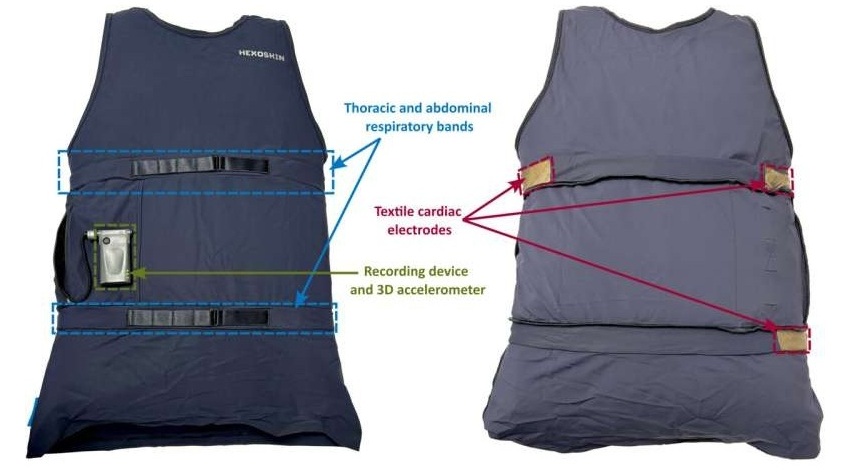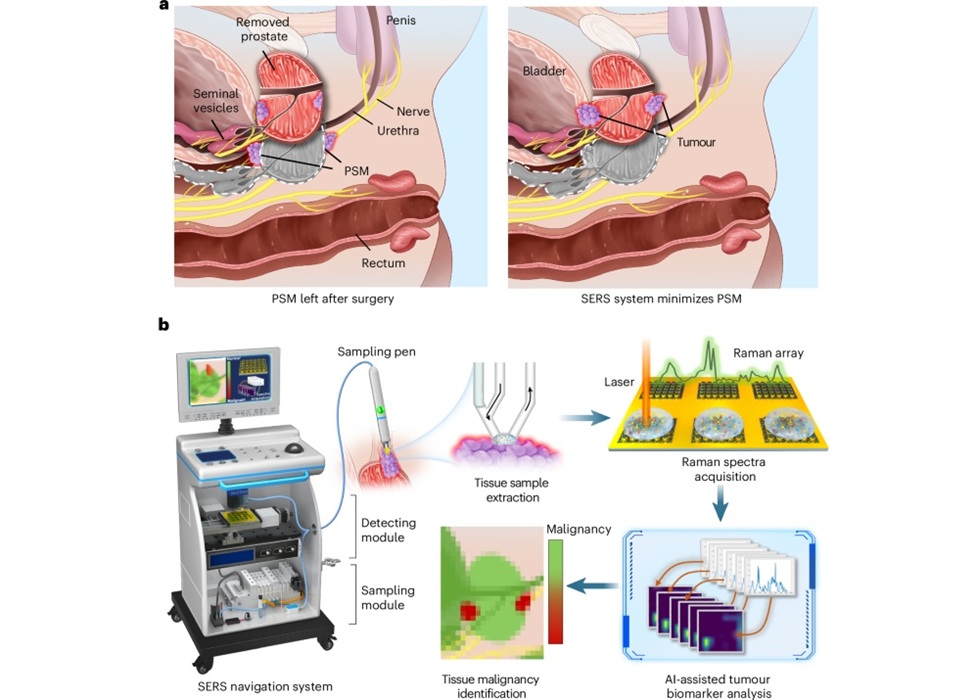Voice Recognition Speeds Up Hospital Call Routing
|
By HospiMedica International staff writers Posted on 26 Dec 2017 |
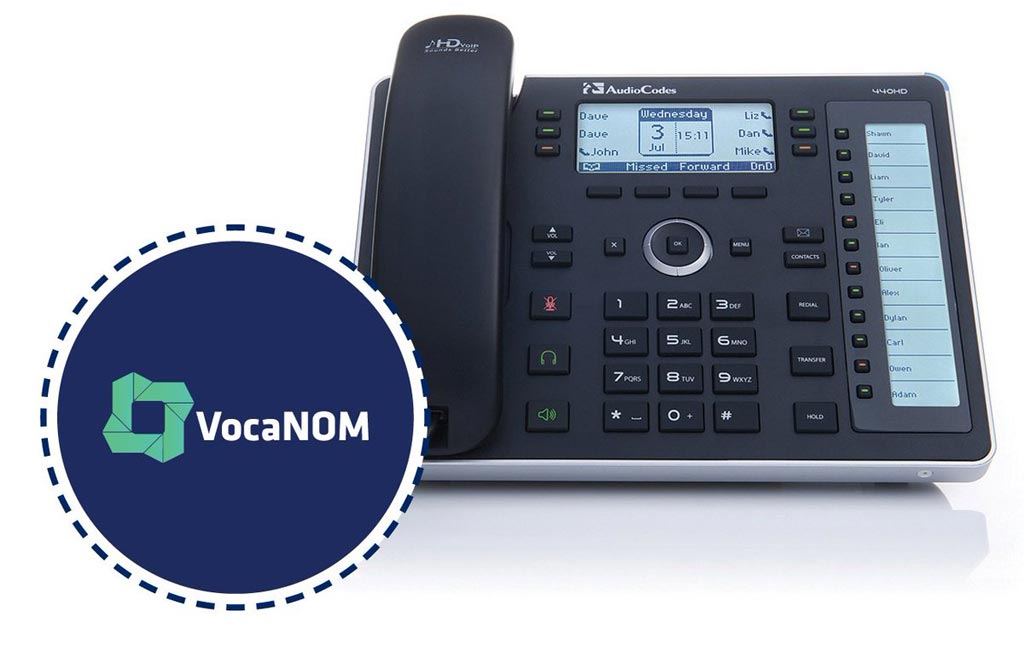
Image: Voice recognition software facilitates communication to and in heakthcare facilities (Photo courtesy of AC Voca).
Sophisticated voice recognition technology allows multiple callers to simultaneously be connected to the hospital departments or people they are trying to reach.
The AC Voca (Airport City, Israel) VocaONE solution offers voice-based call routing to any organizational destination from just a single phone number, eliminating navigation through tedious phone menus and ending long wait times. The advanced speech-recognition routing engine, developed by linguistic experts at parent company AudioCodes (Airport City, Israel) offers over 95% accuracy in speech recognition, with special expertise in identifying names, departments, and organizational functions and branches.
AC Voca also offers VocaNOM, a speech recognition solution tailored for the enterprise environment. With VocaNOM, any employee can dial a designated number, or use the VocaNOM mobile application to easily place a call, send a WhatsApp message, or an Email by simply stating any co-employee’s name. VocaNOM also serves as a speech enabled auto-attendant solution for enterprises, providing incoming call routing for external callers from the company’s leading phone number after initial synchronization with the corporate address book.
Both AC Voca solutions can easily integrate with any organizational private branch exchange (PBX) switch (either IP or analog), and with any interactive voice response (IVR) system. It can be deployed over Amazon cloud services (AWS) or as an on-premise solution, using an AudioCodes session border controller (SBC). VocaONE and VocaNOM also come with a dedicated backend analytics environment that analyzed call traffic, identifying call usage and data, peak times, and destination and transfer rates, allowing organizations to maximize their workforce and analyze caller’s needs and behavior.
“The patients simply call the central number, say the name of the department they are trying to reach, and are then connected automatically. AC Voca greatly improves the call experience for patients, while still making use of the existing telecommunications infrastructure,” said Erik Heirman, sales manager for Germany, Austria, and Switzerland at AC Voca. “‘Switching to the solution is easy and cost-effective; the savings make up for the installation costs within the first year.”
“With the newly deployed VocaONE solution, we are now offering our callers a continuous, 24/7 automatic voice routing solution to easily transfer their calls,” said Ofer Kanner, chief of operations at Rambam Healthcare Campus (Haifa, Israel). “Out of 1,500 daily incoming calls, only 100 of them are now directed to a human operator, whereas all other calls are handled entirely by the AudioCodes voice routing solution.”
Related Links:
AC Voca
AudioCodes
The AC Voca (Airport City, Israel) VocaONE solution offers voice-based call routing to any organizational destination from just a single phone number, eliminating navigation through tedious phone menus and ending long wait times. The advanced speech-recognition routing engine, developed by linguistic experts at parent company AudioCodes (Airport City, Israel) offers over 95% accuracy in speech recognition, with special expertise in identifying names, departments, and organizational functions and branches.
AC Voca also offers VocaNOM, a speech recognition solution tailored for the enterprise environment. With VocaNOM, any employee can dial a designated number, or use the VocaNOM mobile application to easily place a call, send a WhatsApp message, or an Email by simply stating any co-employee’s name. VocaNOM also serves as a speech enabled auto-attendant solution for enterprises, providing incoming call routing for external callers from the company’s leading phone number after initial synchronization with the corporate address book.
Both AC Voca solutions can easily integrate with any organizational private branch exchange (PBX) switch (either IP or analog), and with any interactive voice response (IVR) system. It can be deployed over Amazon cloud services (AWS) or as an on-premise solution, using an AudioCodes session border controller (SBC). VocaONE and VocaNOM also come with a dedicated backend analytics environment that analyzed call traffic, identifying call usage and data, peak times, and destination and transfer rates, allowing organizations to maximize their workforce and analyze caller’s needs and behavior.
“The patients simply call the central number, say the name of the department they are trying to reach, and are then connected automatically. AC Voca greatly improves the call experience for patients, while still making use of the existing telecommunications infrastructure,” said Erik Heirman, sales manager for Germany, Austria, and Switzerland at AC Voca. “‘Switching to the solution is easy and cost-effective; the savings make up for the installation costs within the first year.”
“With the newly deployed VocaONE solution, we are now offering our callers a continuous, 24/7 automatic voice routing solution to easily transfer their calls,” said Ofer Kanner, chief of operations at Rambam Healthcare Campus (Haifa, Israel). “Out of 1,500 daily incoming calls, only 100 of them are now directed to a human operator, whereas all other calls are handled entirely by the AudioCodes voice routing solution.”
Related Links:
AC Voca
AudioCodes
Channels
Critical Care
view channel
Magnetically Guided Microrobots to Enable Targeted Drug Delivery
Stroke affects 12 million people globally each year, often causing death or lasting disability. Current treatment relies on systemic administration of clot-dissolving drugs, which circulate throughout... Read more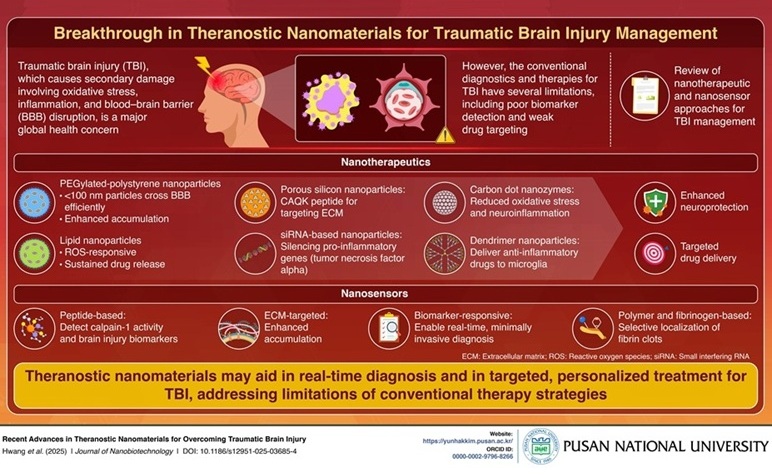
Smart Nanomaterials Detect and Treat Traumatic Brain Injuries Simultaneously
Traumatic brain injury (TBI) continues to leave millions with long-term disabilities every year. After a sudden impact from a fall, collision, or accident, the brain undergoes inflammation, oxidative stress,... Read more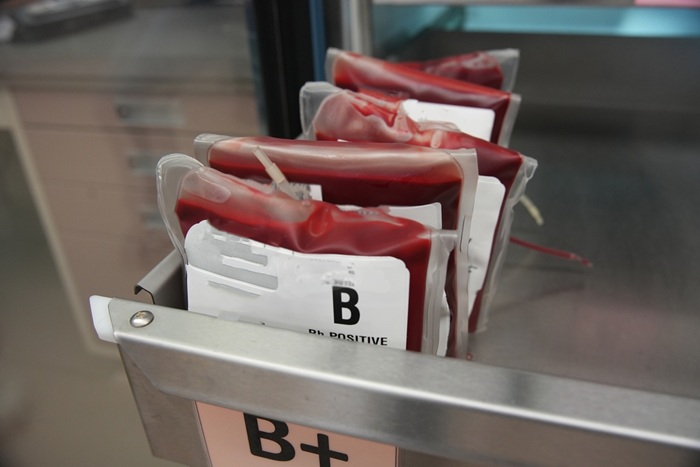
Earlier Blood Transfusion Could Reduce Heart Failure and Arrhythmia in Heart Disease Patients
Blood loss during or after surgery can place significant stress on people with heart disease, increasing the risk of dangerous complications. Transfusions are often delayed until hemoglobin levels fall... Read moreSurgical Techniques
view channel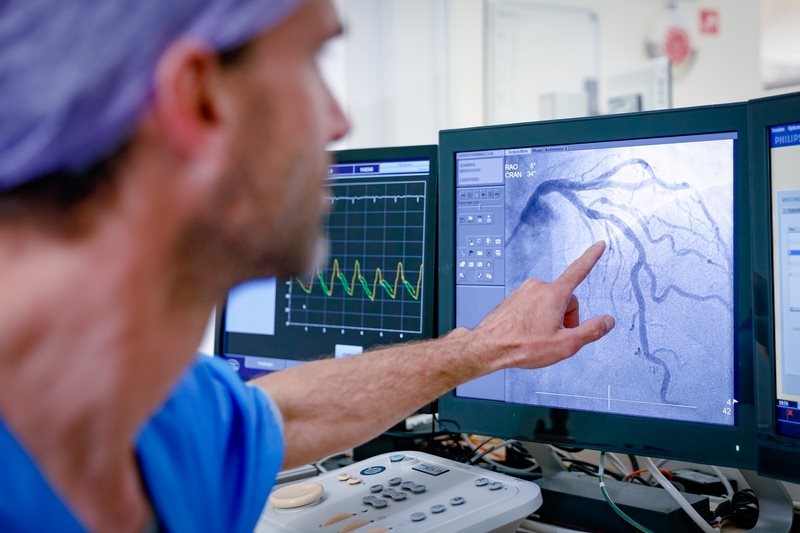
New Study Findings Could Halve Number of Stent Procedures
When a coronary artery becomes acutely blocked during a heart attack, opening it immediately is essential to prevent irreversible damage. However, many patients also have other narrowed vessels that appear... Read more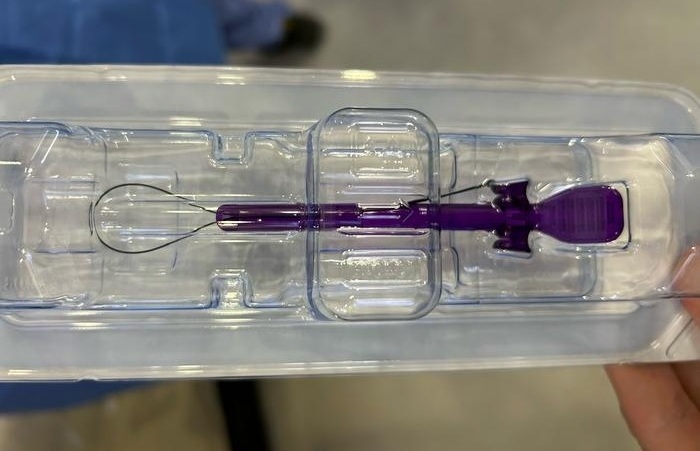
Breakthrough Surgical Device Redefines Hip Arthroscopy
Hip arthroscopy has surged in popularity, yet surgeons still face major mechanical constraints when navigating deep joint spaces through traditional cannulas. Limited tool mobility and the need for an... Read morePatient Care
view channel
Revolutionary Automatic IV-Line Flushing Device to Enhance Infusion Care
More than 80% of in-hospital patients receive intravenous (IV) therapy. Every dose of IV medicine delivered in a small volume (<250 mL) infusion bag should be followed by subsequent flushing to ensure... Read more
VR Training Tool Combats Contamination of Portable Medical Equipment
Healthcare-associated infections (HAIs) impact one in every 31 patients, cause nearly 100,000 deaths each year, and cost USD 28.4 billion in direct medical expenses. Notably, up to 75% of these infections... Read more
Portable Biosensor Platform to Reduce Hospital-Acquired Infections
Approximately 4 million patients in the European Union acquire healthcare-associated infections (HAIs) or nosocomial infections each year, with around 37,000 deaths directly resulting from these infections,... Read moreFirst-Of-Its-Kind Portable Germicidal Light Technology Disinfects High-Touch Clinical Surfaces in Seconds
Reducing healthcare-acquired infections (HAIs) remains a pressing issue within global healthcare systems. In the United States alone, 1.7 million patients contract HAIs annually, leading to approximately... Read moreBusiness
view channel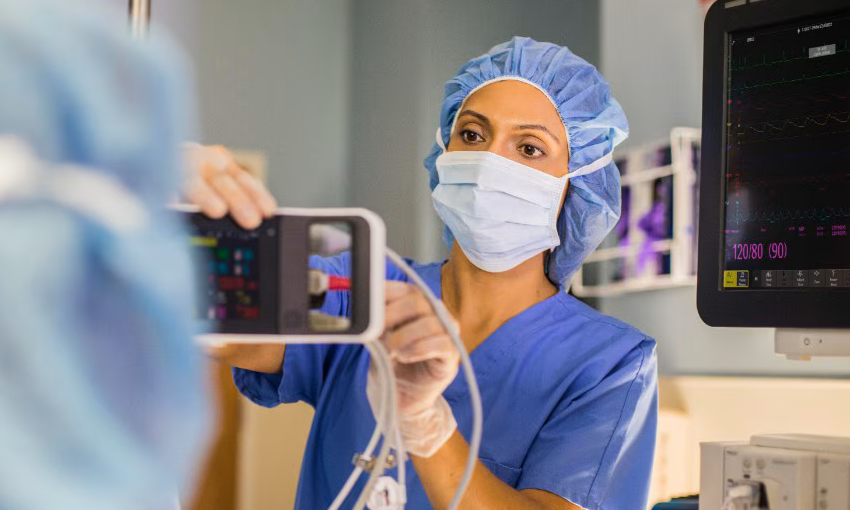
Philips and Masimo Partner to Advance Patient Monitoring Measurement Technologies
Royal Philips (Amsterdam, Netherlands) and Masimo (Irvine, California, USA) have renewed their multi-year strategic collaboration, combining Philips’ expertise in patient monitoring with Masimo’s noninvasive... Read more
B. Braun Acquires Digital Microsurgery Company True Digital Surgery
The high-end microsurgery market in neurosurgery, spine, and ENT is undergoing a significant transformation. Traditional analog microscopes are giving way to digital exoscopes, which provide improved visualization,... Read more
CMEF 2025 to Promote Holistic and High-Quality Development of Medical and Health Industry
The 92nd China International Medical Equipment Fair (CMEF 2025) Autumn Exhibition is scheduled to be held from September 26 to 29 at the China Import and Export Fair Complex (Canton Fair Complex) in Guangzhou.... Read more












